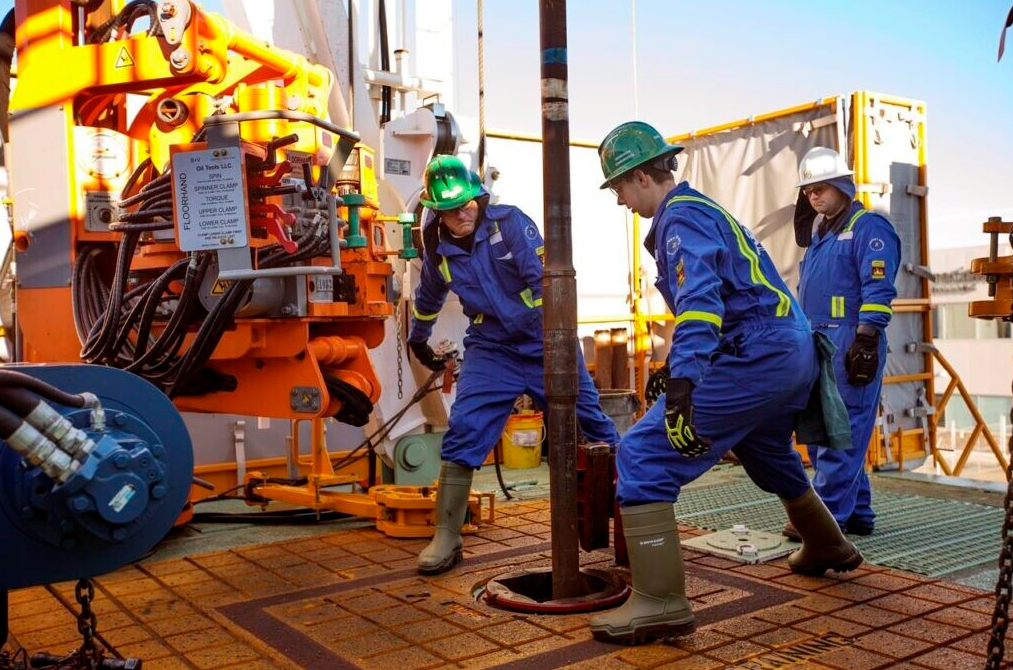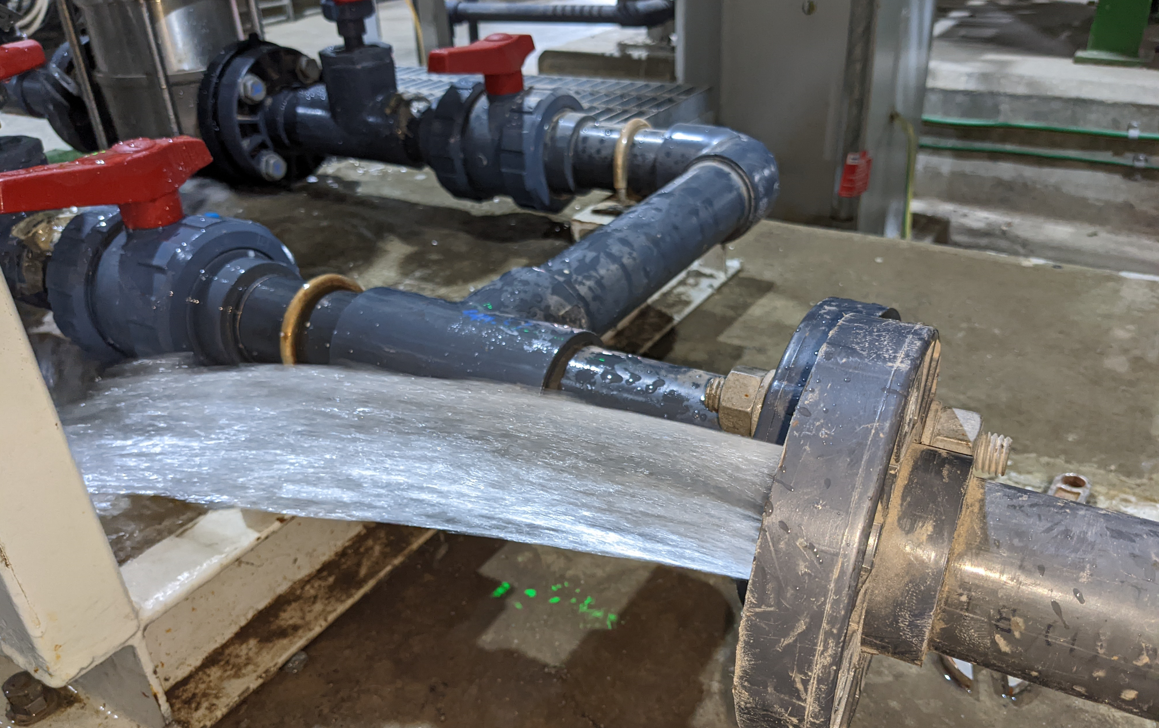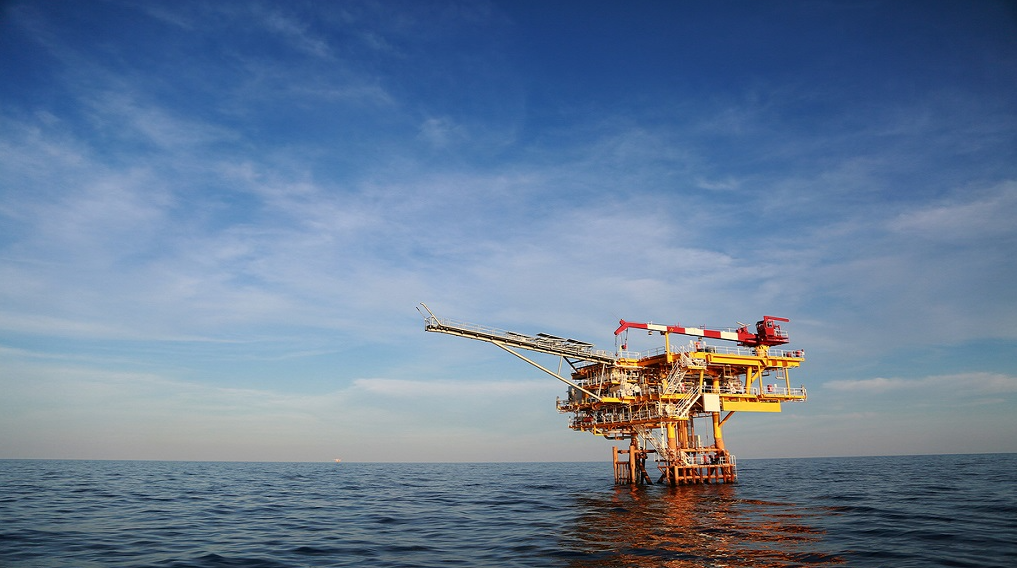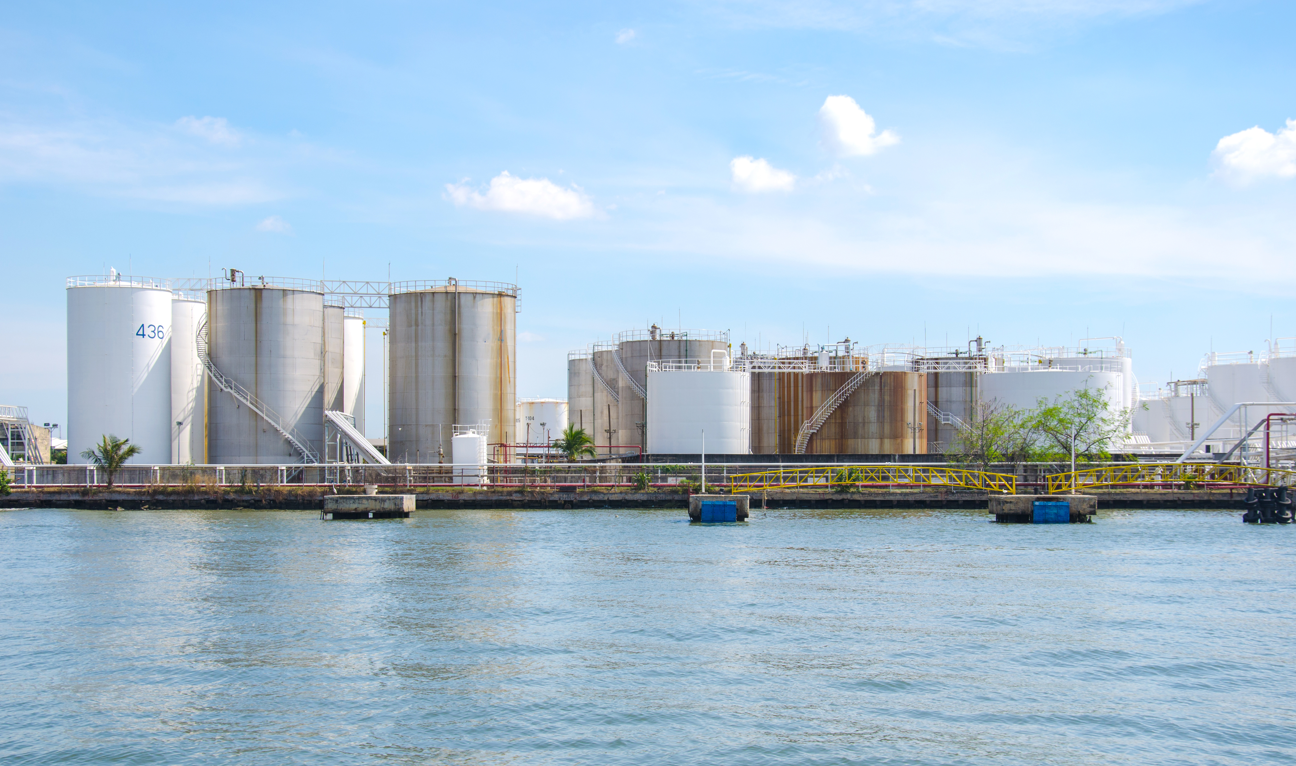Deciding to start well workover procedures for oil and gas production requires careful thought and strong reasoning because it’s a significant investment. Well workover involves various treatments to improve oil and gas production from wells. However, these procedures can be costly, so oil and gas companies need to ensure each workover is necessary and done efficiently. In this article, we will explore why well workover is important for maintaining and improving oil and gas production, and how to make informed decisions about when and how to proceed with these operations.
What Is The Workover Process of A Well?
Well workover is the process of performing major maintenance or remedial treatments on an oil or gas well, where a well that has already been drilled and completed is brought back to its optimal production condition.
The process involves various activities such as repairing or replacing equipment, cleaning out debris or blockages, stimulating the well to enhance production, or even re-perforating the well to access additional reservoirs. Essentially, it’s like giving the well a check-up and any necessary treatments to ensure it continues to produce oil or gas efficiently.
What Is The Difference Between Workover and Well Intervention?
The difference between workover and well intervention lies in their focus and scope. These oilfield maintenance operations aim at optimizing oil or gas production and keeping it to satisfactory levels. Well intervention operations mean essential investments in the life of the well, where workover typically involves major maintenance or remedial treatments on an oil or gas well to restore its optimal production condition.
On the other hand, well intervention refers to various activities performed on a well to enhance or restore its productivity, which can include smaller-scale operations like cleanouts, logging, or well stimulation. While workover addresses more extensive issues, well intervention deals with routine or specific tasks aimed at improving well performance.
What Are The Causes of Well Workover?
A workover is a costly procedure, typically justified when there’s a significant issue or the potential for increased production. Most workovers focus on fixing problems in the wellbore.
1. Stuck Pipe
Sometimes, tubing or other pipes get stuck in the well when you try to pull them out. This situation may require a workover to free the stuck pipe so maintenance can be done and flow restored. Stuck pipes often occur due to common issues like salt bridges, where salty water in the well forms deposits that block the space around the pipe. Scale buildup and sand or gravel migration can also cause pipes to become stuck.
2. Stripping Wells
Stripping a well involves removing both the tubing and rod string at the same time. This process can be risky and may lead to oil spills or even blowouts if not done carefully. Special equipment and safety procedures can help prevent these problems during well stripping operations.
3. Fishing Parted Tubing
When tubing breaks in the well, retrieving it can be challenging. Custom tools may need to be designed to make fishing out the tubing easier. Impression blocks are used to create an impression of the broken tubing, aiding in the design of these tools. Various tools are available for rent to catch different types of parted tubing.
4. Fracturing Operations
Fracturing, or fracking, is performed to increase the porosity of a formation, allowing for higher flow and production. Hydraulic pressure is applied to split rock, and sand is injected to maintain fractures. Different fluids, including water and crude oil, can be used in this process. Specialized forms of fracking exist for specific situations, such as explosive heat fracking.
5. Other Reasons
Well workovers may be done for various other reasons, such as drilling scale out of the bottom of the hole to restore production rates. In such cases, the tubing can be used as a drill pipe by adding additional equipment.
How Is The Procedure of Well Workover?
The procedure for a well workover involves a series of steps aimed at addressing issues within the well, such as:
1. Inspection
Before starting any work on the well, a thorough inspection of the location is essential to ensure everything fits properly. This includes checking the condition of the well foundation and wellhead. Once it’s confirmed that the job can be done despite some challenges, the rig is moved and positioned at the well location.
2. Safety Measures
Prioritizing safety, steps are taken to secure the tubing before proceeding with the work. This may involve installing safety valves and performing calibration trips to ensure proper equipment placement. Safety procedures are followed meticulously to prevent any accidents during the operation.
3. Pipe Recovery
The process of retrieving the tubing from the well begins. In some cases, wireline tools are used to release stuck packers, but fortunately, in this instance, both packers were released with minimal effort. This saves significant time that would otherwise be spent on fishing operations, which can be lengthy and complex.
4. Casing Integrity Test
After removing the old completion string, a mechanical packer is typically run to test the integrity of the casing. This ensures that the casing can withstand the pressures involved in the operation. Once the casing integrity is confirmed, the next steps can proceed.
5. Isolating Water-Producing Sandstone
In this specific well, the plan involves isolating a water-producing sand formation to facilitate drainage from other sands. This is achieved by setting a bridge plug and placing cement slurry above it. Wireline trips are made to ensure accurate placement of the plug and slurry.
6. Wellhead Replacement
Due to the age and condition of the well, replacing the wellhead is necessary. This involves removing the old tubing head, which may require cutting corroded bolts, and installing a new one. Safety measures, including packers and blowout preventers, are employed during this process.
7. Completing the Well
The final step is to run the well completion equipment down the wellbore and hang it in place. This includes tubing, gas lift mandrels, landing nipples, and a hydraulic packer. Slickline jobs are performed to test the tubing string and ensure everything is functioning correctly.
For you as a drilling or related engineer, mastering well workover procedures is essential. It equips you with the skills needed to effectively address issues within oil and gas wells. By mastering this skill, you ensure smooth operations, optimize production levels, and minimize downtime.
Moreover, expertise in well workover enhances your problem-solving abilities and versatility, making you a valuable asset in the industry. Ultimately, mastering well workover procedures empowers you to efficiently manage well maintenance, leading to improved performance and profitability in drilling operations.
In conclusion, mastering well workover procedures is a vital skill for you as a drilling or related engineer, enabling you to effectively manage oil and gas wells, optimize production, and minimize downtime. To enhance your understanding and proficiency in this area, PetroSync offers a comprehensive well completion and workover training course.
Our Well Completion and Workover course provides valuable insights, practical knowledge, and hands-on experience to equip you with the necessary expertise to excel in the field of well workover. Consider enrolling in PetroSync’s drilling training programs to further develop your skills and stay ahead in the ever-evolving oil and gas industry.
Credit header image: Formasup






